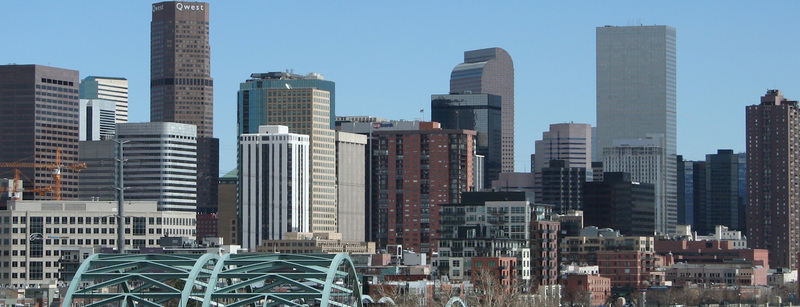Sign up for The Media Today, CJR’s daily newsletter.
On Jan. 14, a TV reporter for Denver’s 9News covered a public constituent meeting held by Republican congressman Mike Coffman, who is helping lead an effort to repeal Obamacare. The meeting, held at the Aurora Central Library, attracted more than 100 people, plenty of whom wanted answers about the future of their health insurance. Coffman didn’t stick around to talk to everybody, and the 9News reporter caught him walking out a back door and getting into a waiting car a few minutes before the event was scheduled to end.
It was a scene ready-made to go viral, and a social media post by the local reporter has racked up nearly 3,000 retweets.
While more than 100 people were waiting to meet with him, Mike Coffman sneaks out early from his own community event. #9News pic.twitter.com/NAZlXTKgQm
— Nelson Garcia (@9NewsEducation) January 14, 2017
Coffman’s “early” departure was a key point in the 9News story, which national media quickly picked up. Some framed the scene as a potential sign of a broader backlash to efforts to repeal Obamacare.
However, a conservative local blog, Colorado Peak Politics, pushed back against 9News and the subsequent snowballing coverage, calling it a “fake news story.” To substantiate its claim that Coffman didn’t leave early, the blog leaned on a report in The Denver Post that directly contradicted 9News. The Denver Post didn’t have a journalist at the meeting, and the paper erroneously reported that Coffman stayed for the duration of the scheduled event. An anonymous author at Colorado Peak Politics used the error in part to support the blog’s “fake news” allegation.
The Denver Post corrected its error three days later. (The correction notes that “Coffman left his 90 minute constituent meeting early.”) But the Post error was enough to give Coffman-friendly forces cover to label a credible news report as “fake news.” And the use of that error by a website with a point of view—to justify a charge of “fake news” against a credible outlet—wasn’t an isolated incident.
Related: What Trump can (and can’t) do to restrict press freedom
A few days after The Denver Post’s correction, a similar event played out on the national stage. During his Saturday speech to CIA staff, President Donald Trump went off-script to lay into Time magazine reporter Zeke Miller for an error Miller made in a White House press pool report. Miller, whose view was “obscured by an agent and door,” couldn’t see a bust of Martin Luther King, Jr., and wrote that it had been removed from the Oval Office. In fact, it had not.
Saying the bust was missing was a bad mistake, and Miller corrected his pool report within 30 minutes, according to CNN; he also posted a string of apologies on Twitter. But the backlash to Miller’s error ended up becoming a story in itself. Trump himself called out Miller’s mistake as an example of “how dishonest the media is.” White House spokesman Sean Spicer, who accepted Miller’s apology, also tweeted that the error was “a reminder of the media danger of tweet first check facts later.”
Trump himself did not call Time magazine “fake news.” But the Trump-friendly Breitbart.com took up that charge in an item about the incident, which ran under this headline: “Fake News on Day One: Spicer Scolds Press for TIME Reporter’s False Martin Luther King Bust Story.”
Is there actionable advice for reporters here? Beyond, “Hey, let’s try to be more diligent in our reporting,” maybe not. Reporters should always be diligent—that hasn’t changed.
What has changed, it seems, is the atmosphere. The Denver Post’s mistake briefly enabled a conservative blog to promote its own take as authoritative, and challenged the ability of 9News to do the same.
As many credible news organizations try to present information to a divided and perhaps mistrustful audience, events like the dustup in Denver show how ideologically motivated media might work to confirm its own biases, and how that could imperil relationships between news outlets and the communities they serve. Wielded against local outlets, the suspicion of “fake news” might compound one reporter’s error, or be used to discredit the work of another reporter and sow the electorate’s distrust of the news media—even in the face of video evidence.
The episode in Colorado eluded tidy resolution. While The Denver Post corrected its story, Colorado Peak Politics had not a week later. An author of the blog told me via Twitter that the Post’s correction had escaped their attention.
“We certainly strive to be accurate and correct when we know, and while we update and correct when we can, [we] still don’t think it’s fair to claim [Coffman] bailed on his constituents,” the contributor said. “For all we know, he could have had his watch set a few [minutes] ahead and thought he was leaving on time.”
For his part, the congressman at the heart of the story said he hopes to hold a future public event that can accommodate more people. When he does, you can bet more than one reporter will show up.
Has America ever needed a media defender more than now? Help us by joining CJR today.



